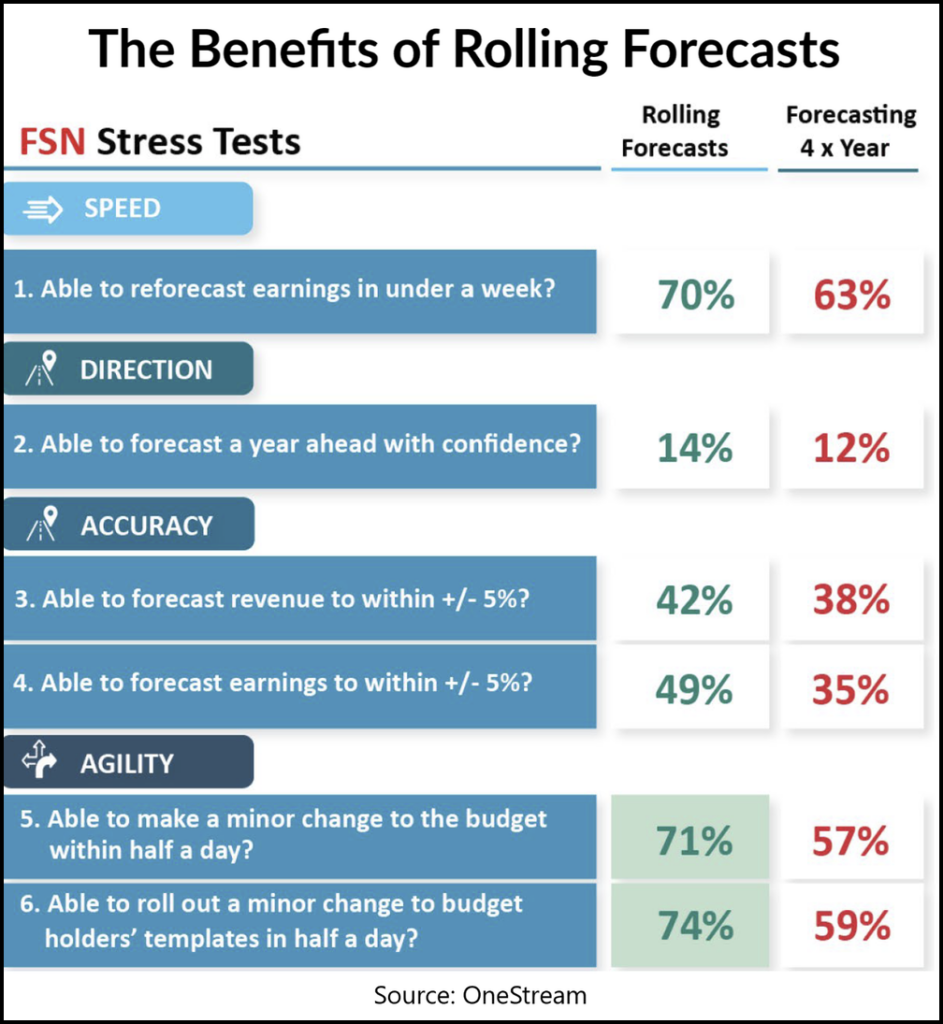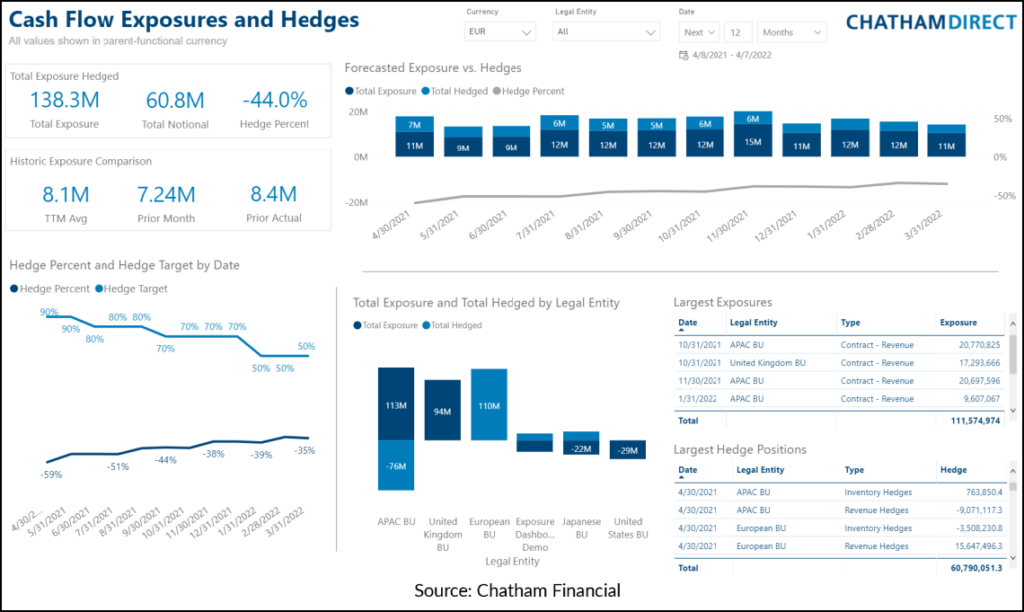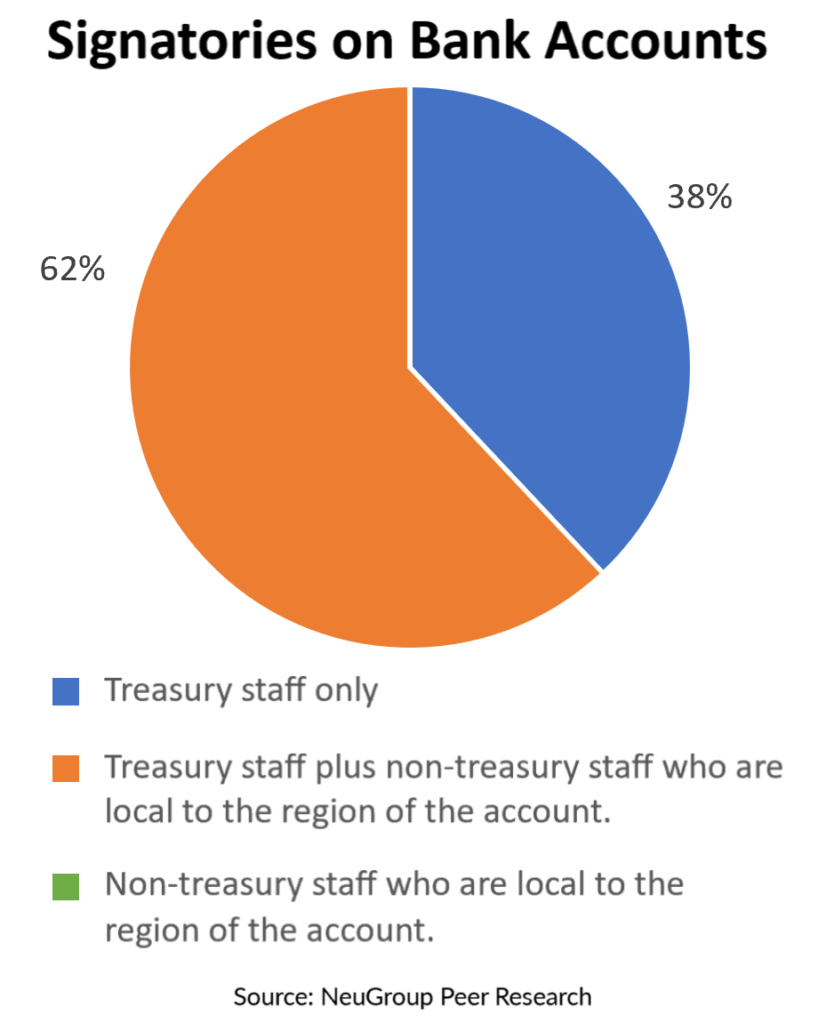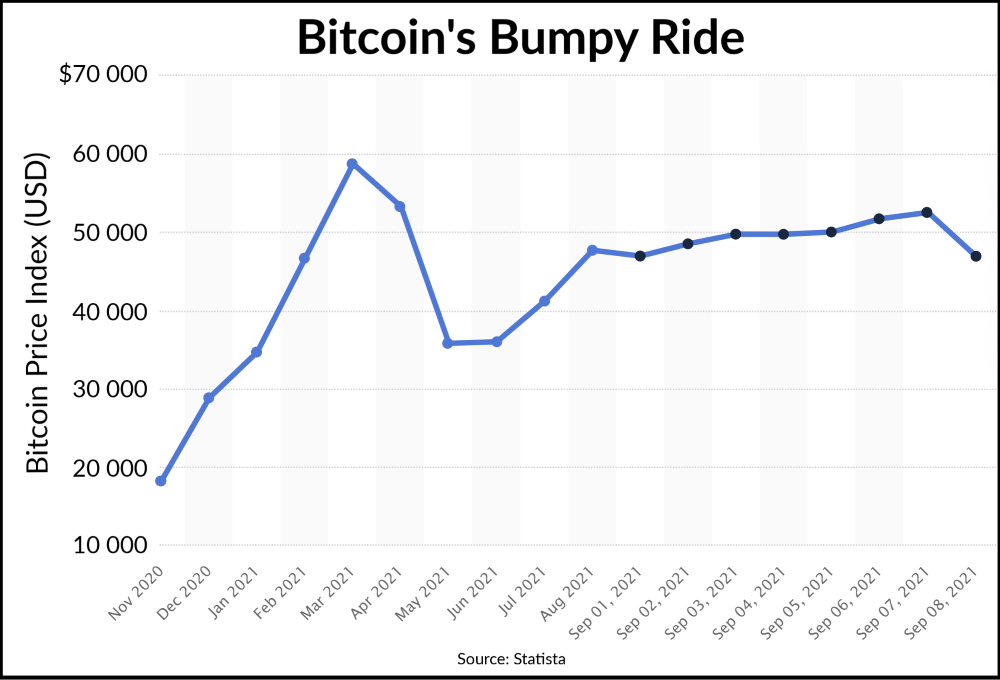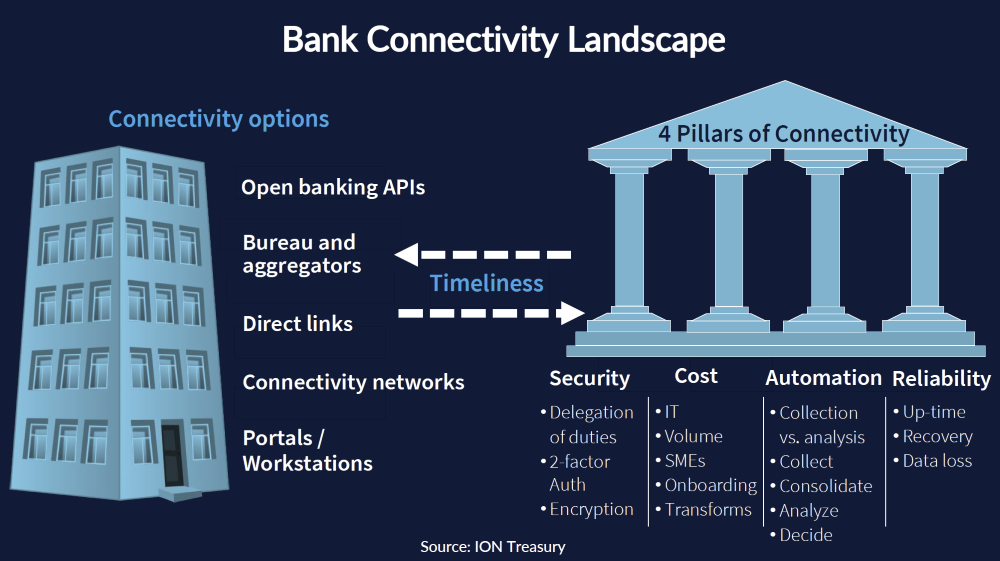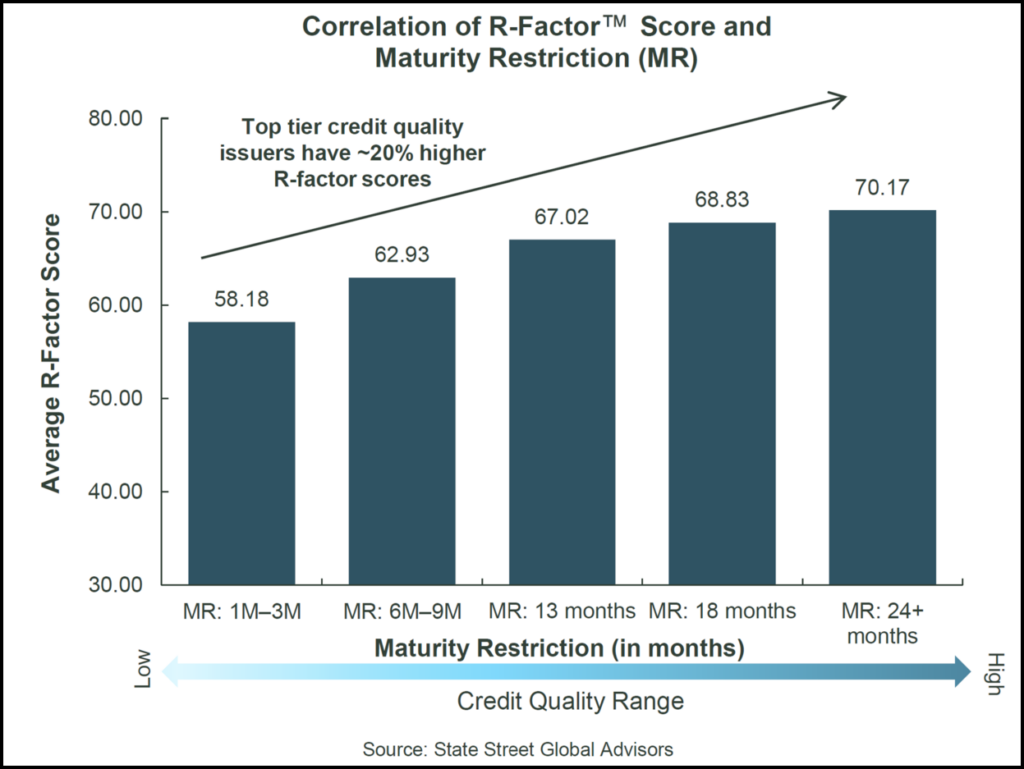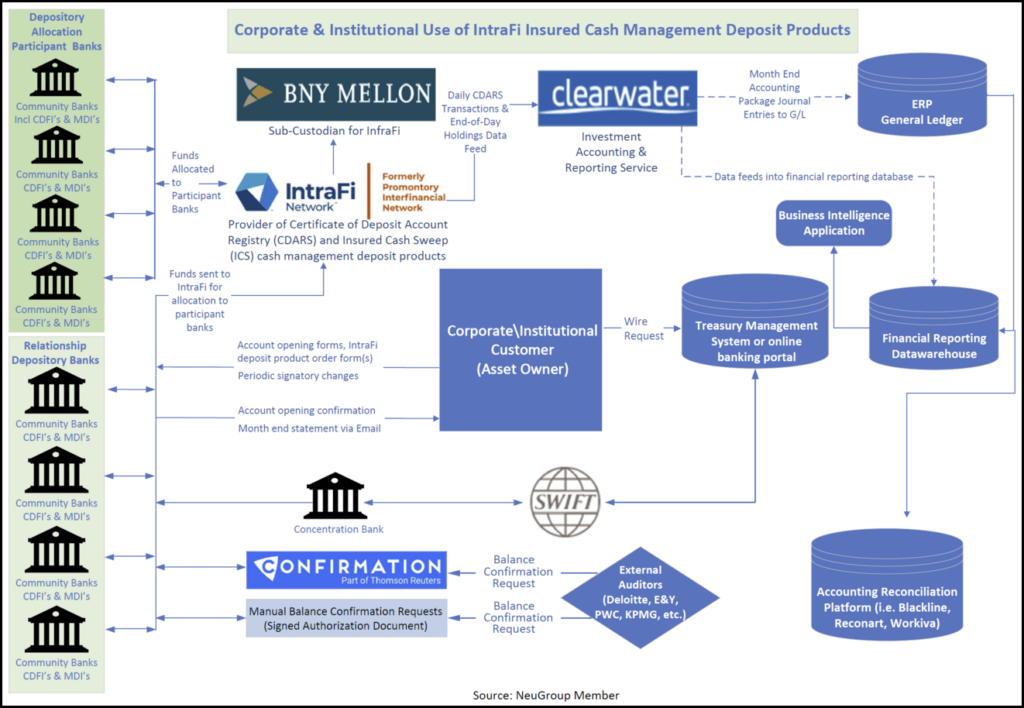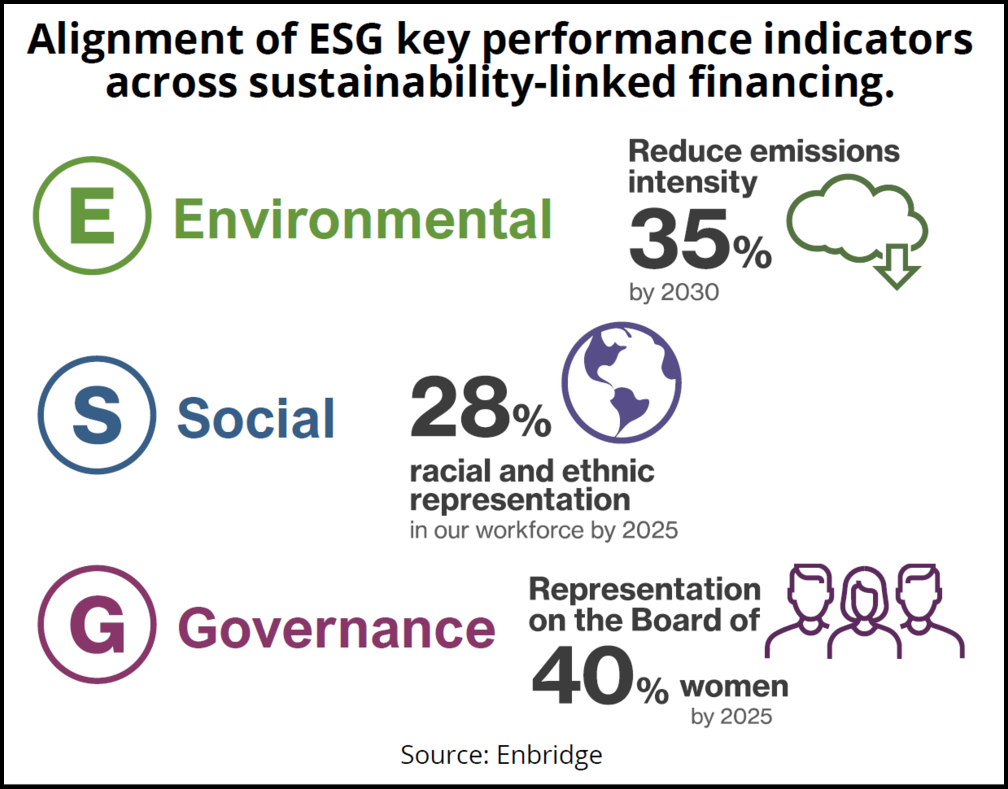
Editor’s note: NeuGroup’s online communities provide members a forum to pose questions and give answers. Talking Shop shares valuable insights from these exchanges, anonymously. Send us your responses: [email protected].
Member question: “We have stringent guidelines for establishing 10b5-1 plans: A cooling-off period of 30 days between executing a 10b5-1 plan and the first trade under the plan.
Editor’s note: NeuGroup’s online communities provide members a forum to pose questions and give answers. Talking Shop shares valuable insights from these exchanges, anonymously. Send us your responses: [email protected].
Member question: “We have stringent guidelines for establishing 10b5-1 plans: A cooling-off period of 30 days between executing a 10b5-1 plan and the first trade under the plan.
- “The program should generally be no shorter than six months in duration and must not be ‘front-loaded’ (i.e., relatively even purchases over five months).
- “We’re working with legal to reform these guidelines and trying to make an argument that one to five days is an appropriate cooling-off period and plans can be two to three months long.
- “To support the change, we are looking to benchmark what our peer group and other large-cap companies are doing, with particular interest on established cooling-off periods, if any.”
Peer answer 1: “We don’t have any cooling-off period. Our typical 10b5-1 program duration is about six weeks for earnings blackouts.
- “Those commence in the middle of the third month of the quarter and end after the earnings call + two trading days (we are able to be back in the market on the third trading day after any [material nonpublic information] is released).”
Peer answer 2: “We execute our share repurchases systematically throughout the year, entirely through 10b5-1 plans.
- “We have no cooling-off period and no constraints on plan duration.
- “We typically put a plan in place two days after an earnings announcement, with an expiration date that is two days after the following earnings date.”
Peer answer 3: “We run our 10b5-1 programs through the blackout period (starts 15 days prior to quarter-end and ends after earnings release).
- “We have a 15-day cooling period after the plan is executed; the plan is executed at the end of the second month of each quarter.
- “All other share repo is done under open market 10b-18 programs.”
Peer answer 4: “Our cooling-off period is similar [to the questioner] in length; however, our programs are generally about two months.
- “In terms of structure, we typically increase the amount purchased each as the share price falls or we pick a price and say we want to be in for “X” volume at everyday under that price.
- “Let me know if you have luck with a shorter cooling-off period.”
Peer answer 5: “[Your guidelines are] consistent with our 10b5-1 plan policy for employees.
- “Are there corporates that have different 10b5-1 policies for employees vs. share buybacks?”
Read our recent article, “Caution at the 10b5-1 Intersection: Buyback Plans and Insider Sales” by clicking here.





